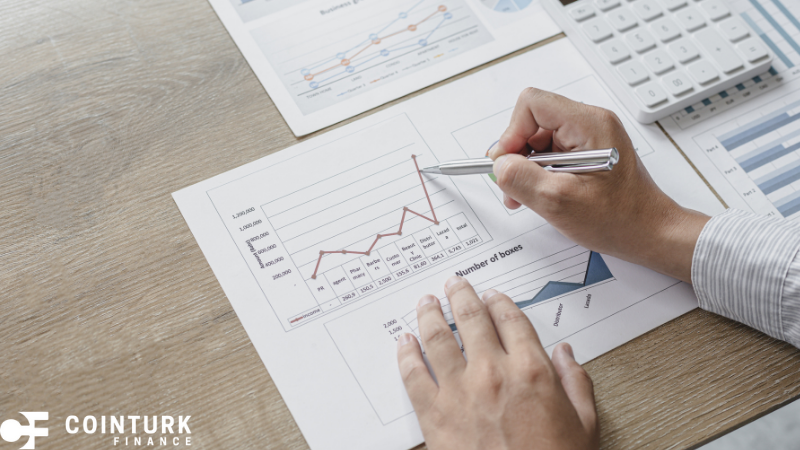Consumer confidence regarding household finances and the stock market has reached its highest point in three years. This surge reflects a growing optimism about the future financial landscape among consumers, as indicated by recent survey data. Despite some uncertainties, various economic indicators show a more hopeful outlook, offering a renewed sense of stability and optimism.
In contrast to past data where consumer confidence was significantly lower, current findings highlight a notable improvement in the perception of financial stability. Previous reports indicated that a majority of consumers struggled to maintain their financial standing amidst rising living costs. The recent shift suggests a more positive economic sentiment, as consumers now anticipate better financial conditions in the near future. This change is particularly significant given the prolonged period of economic uncertainty experienced over the past few years.
Similarly, historical data showed a lower expectation for stock market growth, with uncertainties prevailing due to varied economic challenges. The recent survey, however, reveals an increased confidence in the stock market’s prospects, reflecting a broader economic recovery. This optimism is essential for boosting market activities and encouraging investments, further propelling the economic upturn.
Financial Expectations
According to the Federal Reserve Bank of New York’s latest report, 78.1% of consumers believe their financial situation will be the same or improved a year from now, marking the highest level of confidence since June 2021. This positive outlook is a significant indicator of consumer sentiment, influencing spending and saving behaviors.
Additionally, the survey found that the perceived probability of U.S. stock prices rising in the next twelve months stands at 40.5%, the highest since May 2021. This renewed confidence in the stock market could stimulate investment activities and economic growth.
Consistent Expectations and Credit Concerns
Despite the upbeat financial outlook, some measures, such as expected household income growth and spending, remained stable. There is also a notable concern about credit access, with more consumers expecting tighter credit conditions in the future. This concern could impact borrowing and spending patterns, potentially slowing economic momentum.
Consumers’ inflation expectations show a varied outlook: a decline in the one-year horizon, stability at three years, and an increase at five years. These expectations reflect underlying uncertainties about price stability and economic policies, influencing long-term financial planning and consumption decisions.
Key Insights
– Consumer confidence in financial stability and stock market growth is rising.
– Expectations for credit access are deteriorating, raising concerns about borrowing.
– Inflation expectations are mixed, with different outlooks for short, medium, and long terms.
The labor market outlook remains mixed, with unchanged expectations for earnings growth and a slight increase in anticipated unemployment rates. Notably, the probability of finding a new job has improved slightly, reflecting a cautious optimism about job availability. These dynamics illustrate the complex interplay between consumer confidence and economic indicators.
The rise in consumer confidence is a positive signal for the economy, suggesting a potential increase in consumer spending and investment activities. However, concerns about credit access and mixed inflation expectations highlight the need for careful economic management. Policymakers and financial institutions must address these concerns to sustain the positive momentum and ensure long-term economic stability. Understanding these trends helps consumers and businesses navigate the evolving economic landscape effectively.










